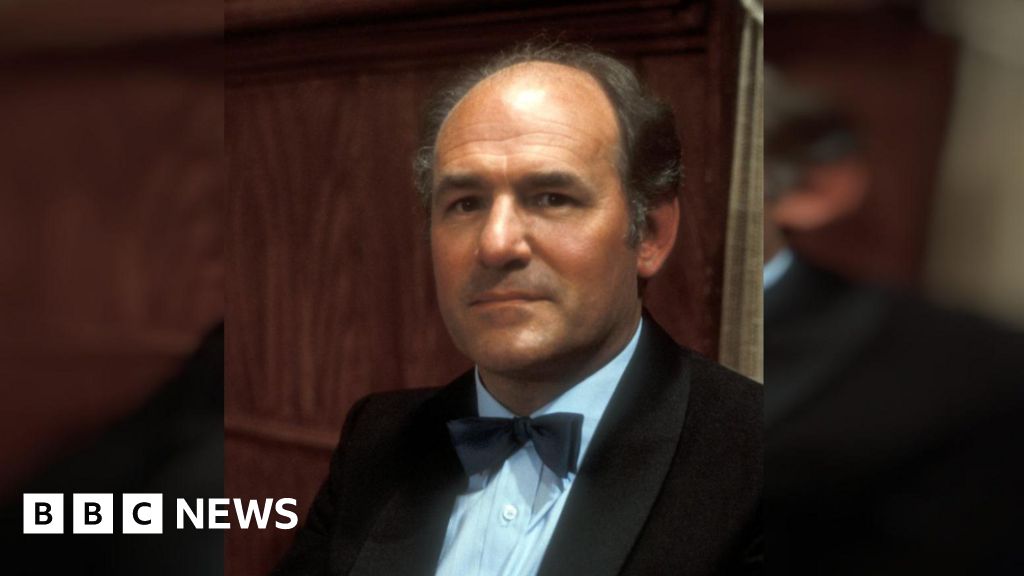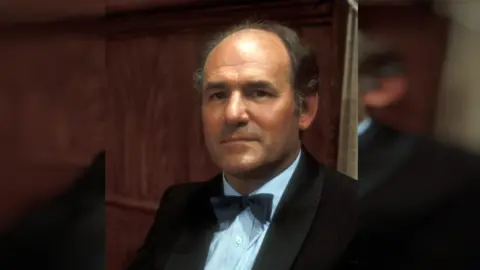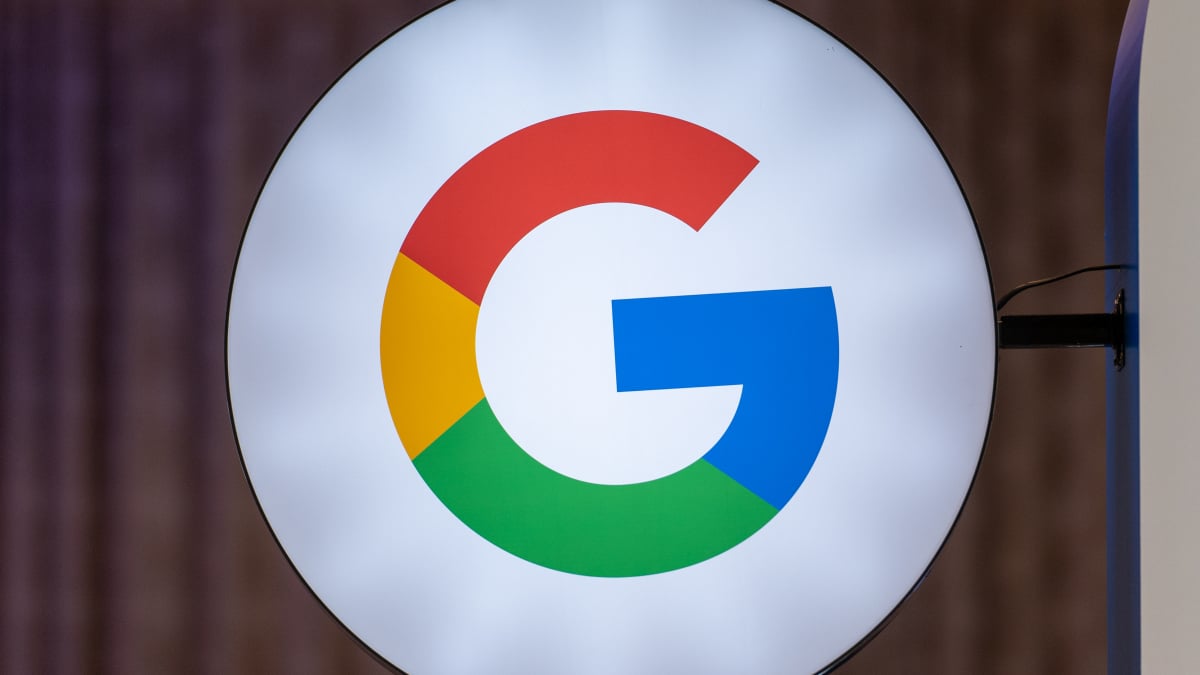The latest market gyrations may have some investors seeking ways to generate safe returns without all the drama. The Dow Jones Industrial Average staged a big turnaround on Tuesday, after first dropping more than 600 points over U.S.-China trade fears. The blue-chip index was last up more than 400 points. The S & P 500 and Nasdaq also retreated from their lows of the day, with the former up about 0.3% in afternoon trading. Meanwhile, the Cboe Volatility index — Wall Street’s so-called fear gauge — moved above 22 intraday, a four-month high. It was last trading around 19.48, which is considered a moderate range. The market moves on Tuesday followed Monday’s rally and Friday’s sell off . Wells Fargo Investment Institute anticipates the rockiness to continue. “The sensitivity to trade and other issues may continue in the coming weeks of third-quarter earnings season: Expectations are high for earnings growth, and investors also likely will focus on forward guidance around further tech spending and tariff adjustments,” Doug Beath, global equity strategist at the firm, wrote in a note Monday. “Also, while the government shutdown continues, any plans for hiring or layoffs could move currency, interest rate and equity markets,” he added. The best strategy is to have a plan already in place for down days and find ways to generate income as you ride out the market volatility, said certified financial planner Chuck Failla, founder and CEO of Sovereign Financial Group. “We are still at all-time highs, more or less, for the market,” he said. “If anything, today could be a wake up call to, once and for all, do what you should do.” He suggests dividing your income and total return needs into buckets and investing accordingly. Solid yields on cash For money needed in 12 months or less, as well as a separate emergency fund, cash assets like money market funds, certificates of deposit and Treasury bills are best, Failla said. “What you want to do for the money that you need in the short term is protect your principal,” he said. “You have to accept a lower rate of return in exchange for security.” While yields are not what they once were now that the Federal Reserve is cutting rates, there are still solid payouts to be found. The central bank lowered the federal funds rate by 25 basis points — or 0.25 percentage point — at its September meeting and indicated the possibility of two more cuts by the end of the year. The Fed meets again at the end of the month and markets are pricing in a nearly 97% probability of another 25 basis point cut, according to the CME FedWatch tool . Still, annual percentage rates are hovering just under 4%, with the annualized seven-day current yield on the Crane 100 list of the 100 largest taxable money funds now sitting at 3.94%, as of Monday. Laddering CDs of different maturities is one way to spread out income so you don’t have to do an early withdrawal if you need cash — which will leave you facing a penalty. High-quality fixed income UBS prefers high-quality fixed income assets right now, as it expects slowing growth, a pivot in monetary policy and heightened volatility due to persistent fiscal pressures in the fourth quarter. The firm favors the 3- to 5-year area of the curve. “We expect yield (carry), not spread compression, to be the primary driver of returns in the months ahead,” Leslie Falconio, head of taxable fixed income strategy in UBS Americas’ chief investment office, said in a note Friday. She’s neutral on investment-grade corporate bonds since spreads are tight, but believes they are still a sound way to earn income. Instead, she prefers agency mortgage-backed securities, as well as commercial MBS. Agency MBS are debt obligations issued by agencies such as Fannie Mae, Freddie Mac and Ginnie Mae whose cash flows are tied to the interest and payment on a pool of mortgage loans. Agency MBS have low credit risk because they are backed by the U.S. government. “The current coupon MBS is yielding 5.15%, while the IG Corporate BBB index is only yielding 5.05%. The greater liquidity and higher quality far outweigh the lower credit of IG corporates,” Falconio wrote. Within commercial MBS, those that are rated A and above are attractive, she noted. “A dovish Fed is a tailwind to CMBS performance, and while the CMBS index, which is A and above, has tightened over the past year alongside most risk assets, it continues to offer a pickup in spread and yield to its credit counterparts,” she said. Wells Fargo Investment Institute prefers investment-grade corporates that have maturities of 3 to 5 years. “The resilience of corporate balance sheets has supported historically tight credit spreads, post-COVID corporate management teams have managed balance sheets more dynamically with a strong focus [on] fiscal responsibility,” investment strategy analyst Tony Miano wrote in a separate note Tuesday. Plus, S & P 500 companies are holding about $2 trillion in cash on their balance sheets and earnings remain strong, he added. “In our current outlook we do not anticipate substantial negative economic shocks,” he said. “However, balancing the need for income with relatively tight credit spreads we favor a moving up in credit quality strategy to limit the risks to unexpected economic shocks.” Failla includes high-quality fixed income in his bucket strategy. For money needed in one to two years, 10% is in blue chip stocks and high-quality dividend payers and 90% is in fixed income, where he folds in investment-grade corporate bonds. As the time horizon moves further out, he ups the equity portion, gets more aggressive with holdings and decreases the fixed-income allocations. Outside the U.S. Meanwhile, BlackRock’s Rick Rieder is finding compelling income opportunities outside of the United States. He likes Europe, including investment-grade credit, high yield and securitized products, he recently told CNBC. “The opportunity set is growing, like in securitized, but also the [cross-currency] swap is awesome,” said Rieder, BlackRock’s chief investment officer for global fixed income. He also sees some opportunity in local rate emerging-market bonds due to the weaker dollar. Municipal bonds Investment-grade municipal bonds rallied in September, but there are still plenty of opportunities, according to UBS. The assets appeal to wealthy investors since the income is free of federal taxes and, if the holder lives in the state in which the bond is issued, free of state taxes as well. In fact, munis offer a substantially higher tax-equivalent yield than similarly rated corporates, particularly for longer maturities, Sudip Mukherjee, senior fixed income strategist, said in a note Monday. “The appeal of munis remains wide as the breakeven tax rate — above which the TEY on munis is greater than IG corporates — is currently 24%,” he wrote. “Municipal bonds also offer diversification benefits, as they exhibit a lower correlation with equity markets than corporate bonds.” While yields are still at generationally attractive levels, Hilltop Securities’ Tom Kozlik warns investors not to wait too long to invest. “Economic cracks are widening, and the Fed is signaling more cuts. Investors who wait for perfect clarity risk ‘missing the boat’ on today’s rare combination of still generationally attractive tax-exempt yields and strong credit fundamentals,” he said in a note last week. “Investors need to stay proactive. Look to lock in these attractive tax-exempt yields now and prepare for a market where competition for quality bonds will only grow in the last two months of the year,” added Kozlik, the firm’s head of public policy and municipal strategy. Don’t give up on stocks While protecting your portfolio against volatility is important, so is maintaining exposure to stocks during downturns, said Failla. Trying to time the market never works, plus stocks have historically been a good hedge against inflation, he said. “In your long-term bucket, you want to project purchasing power, which means you have to take some risk,” he said. For money needed in 10 years or more, Failla allocates 90% to 95% to equities. Wells Fargo also remains constructive on stocks and has a 2026 year-end price target of 7,400 to 7,600 for the S & P 500. It expects earnings growth to be the main driver of stock returns next year. The firm continues to favor higher quality areas of the U.S. equity market, like large-cap and mid-caps. Financials remain its most favorable S & P sector. (Learn the best 2026 strategies from inside the NYSE with Josh Brown and others at CNBC PRO Live. Tickets and info here .)
Google’s AI image editor Nano Banana is breaking out of Gemini and heading across the company’s ecosystem. In a new blog post, Google announced that Nano Banana — the Gemini 2.5…








